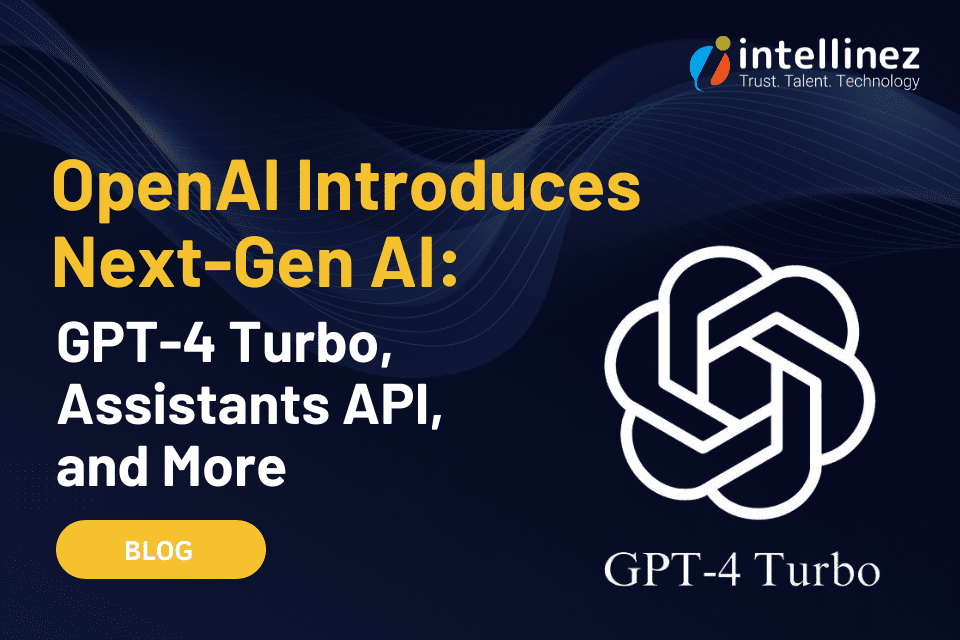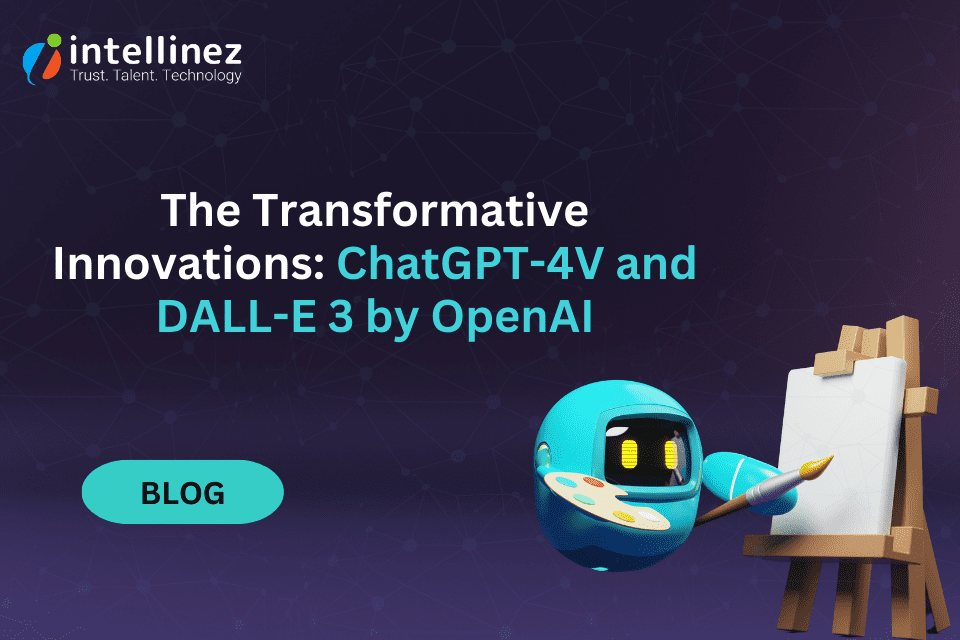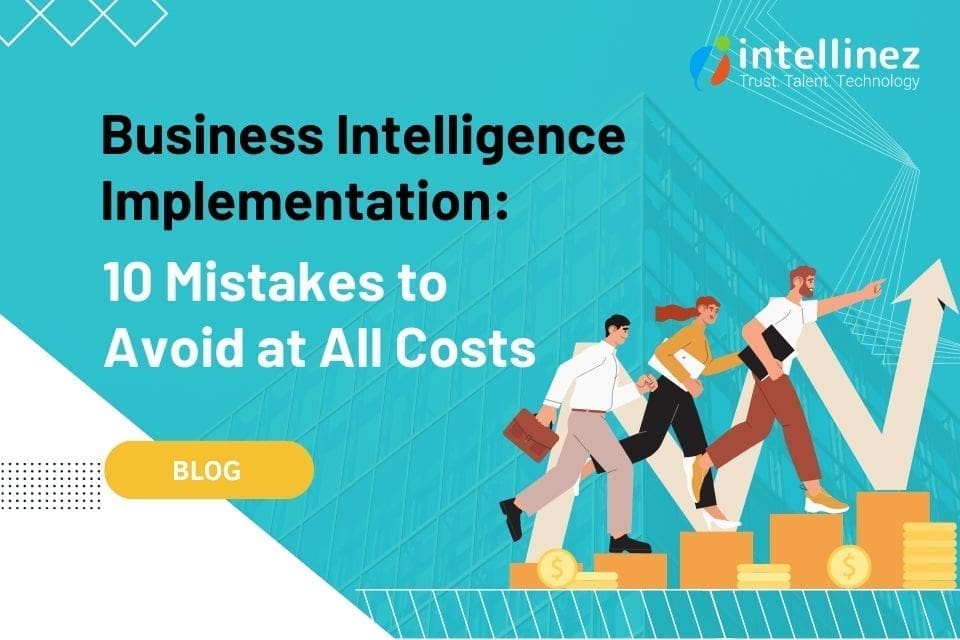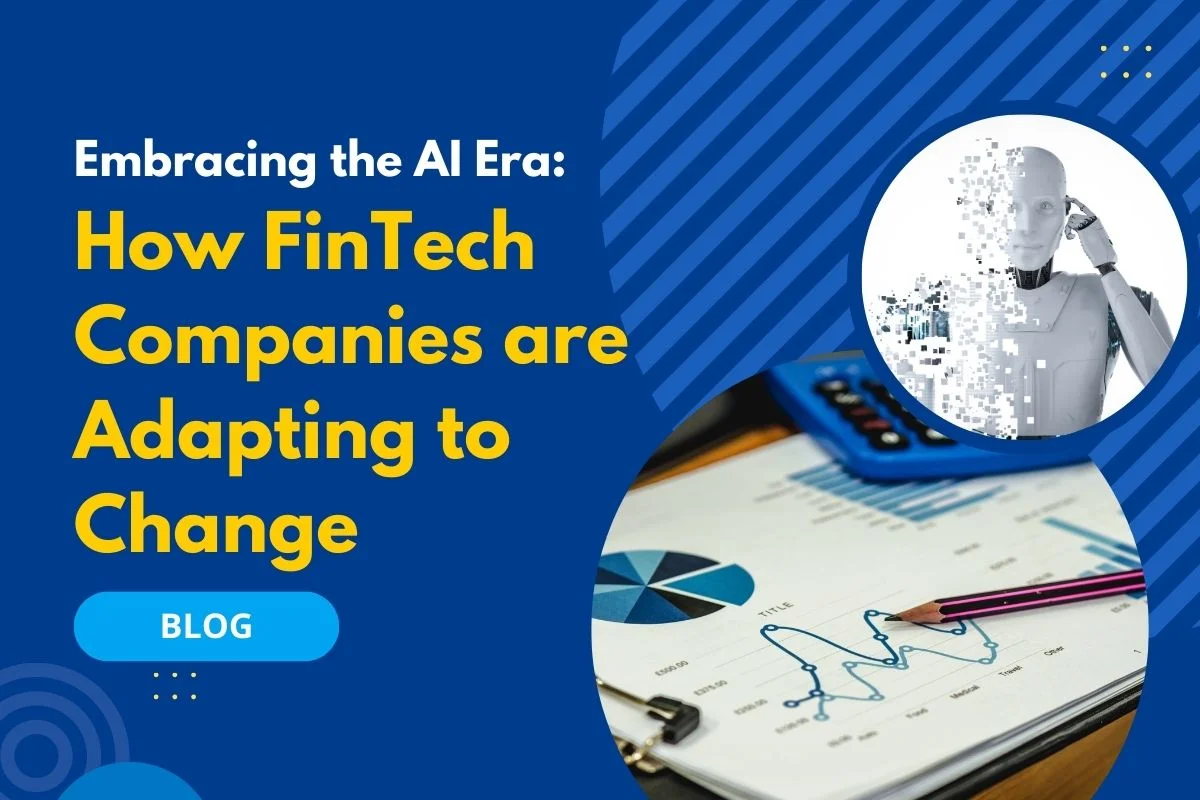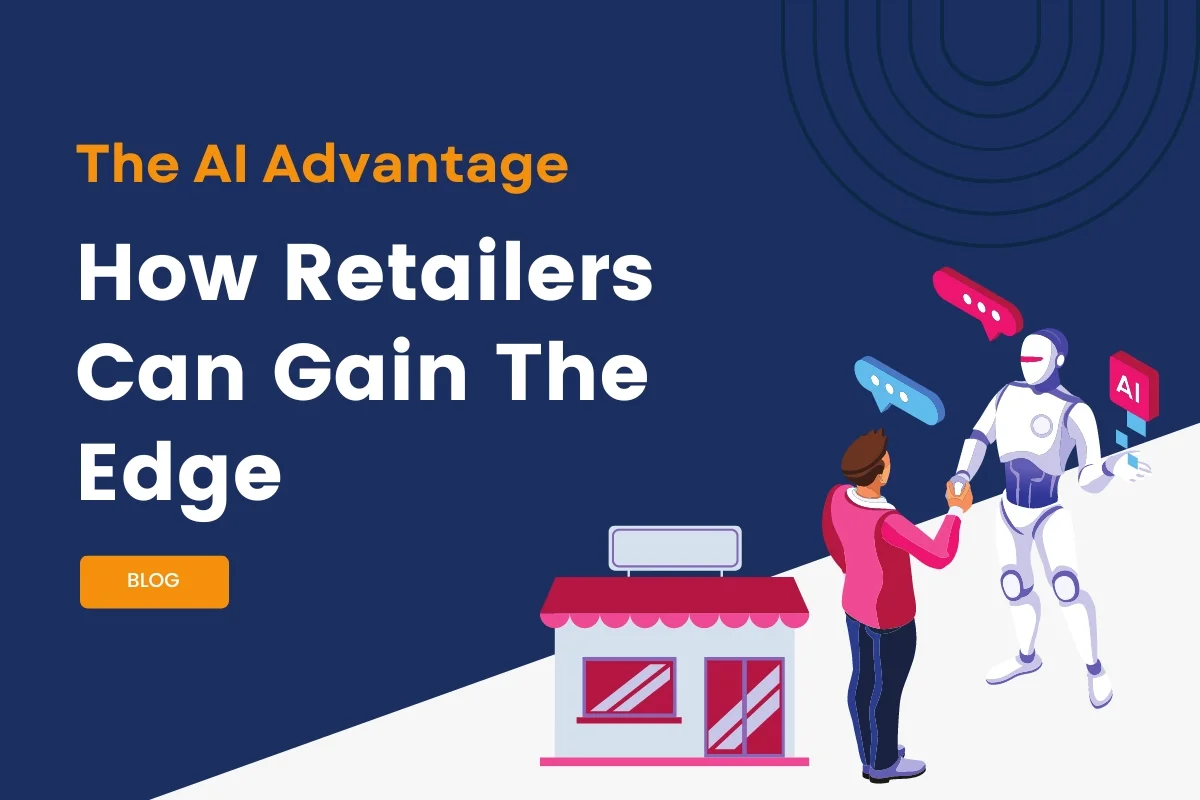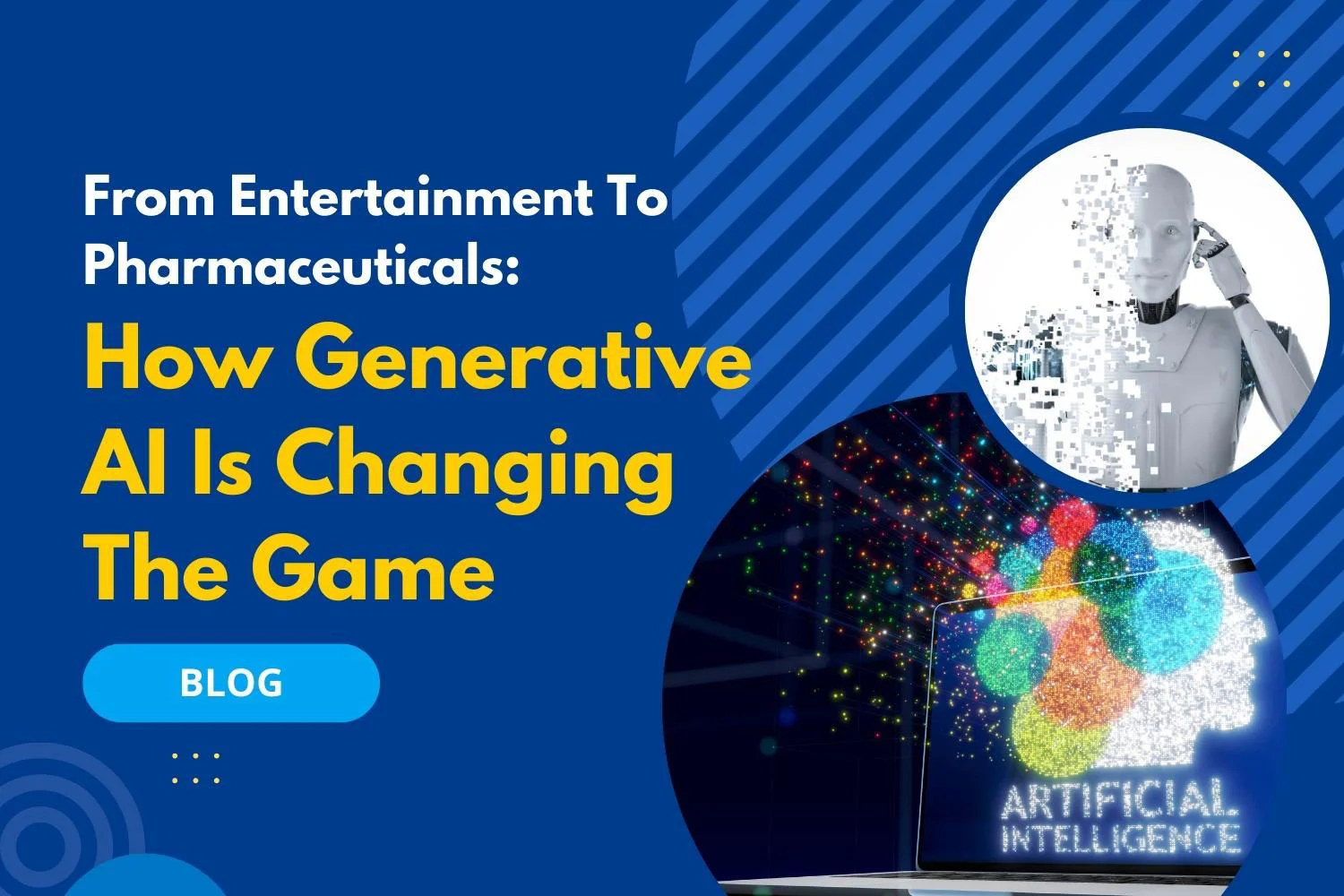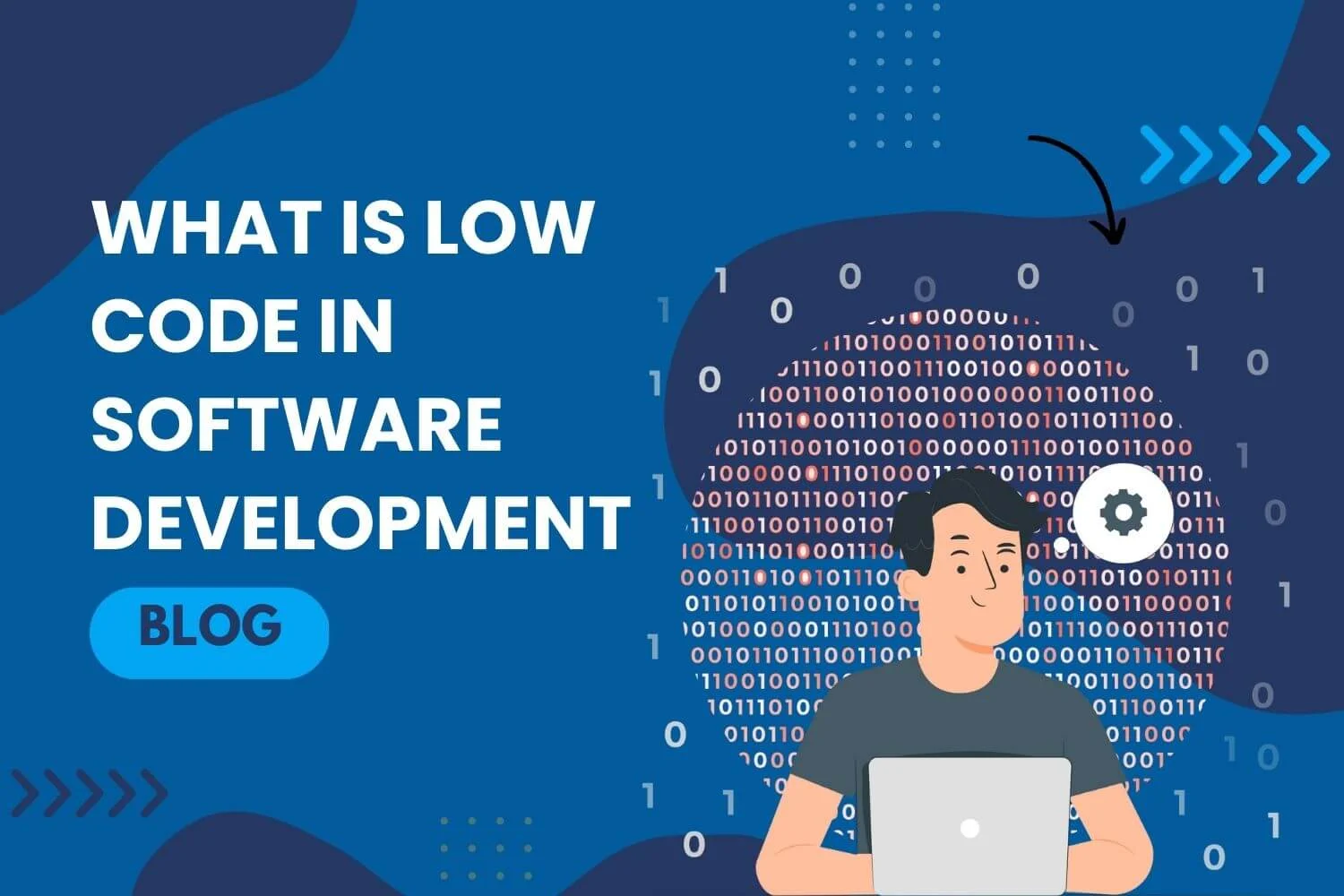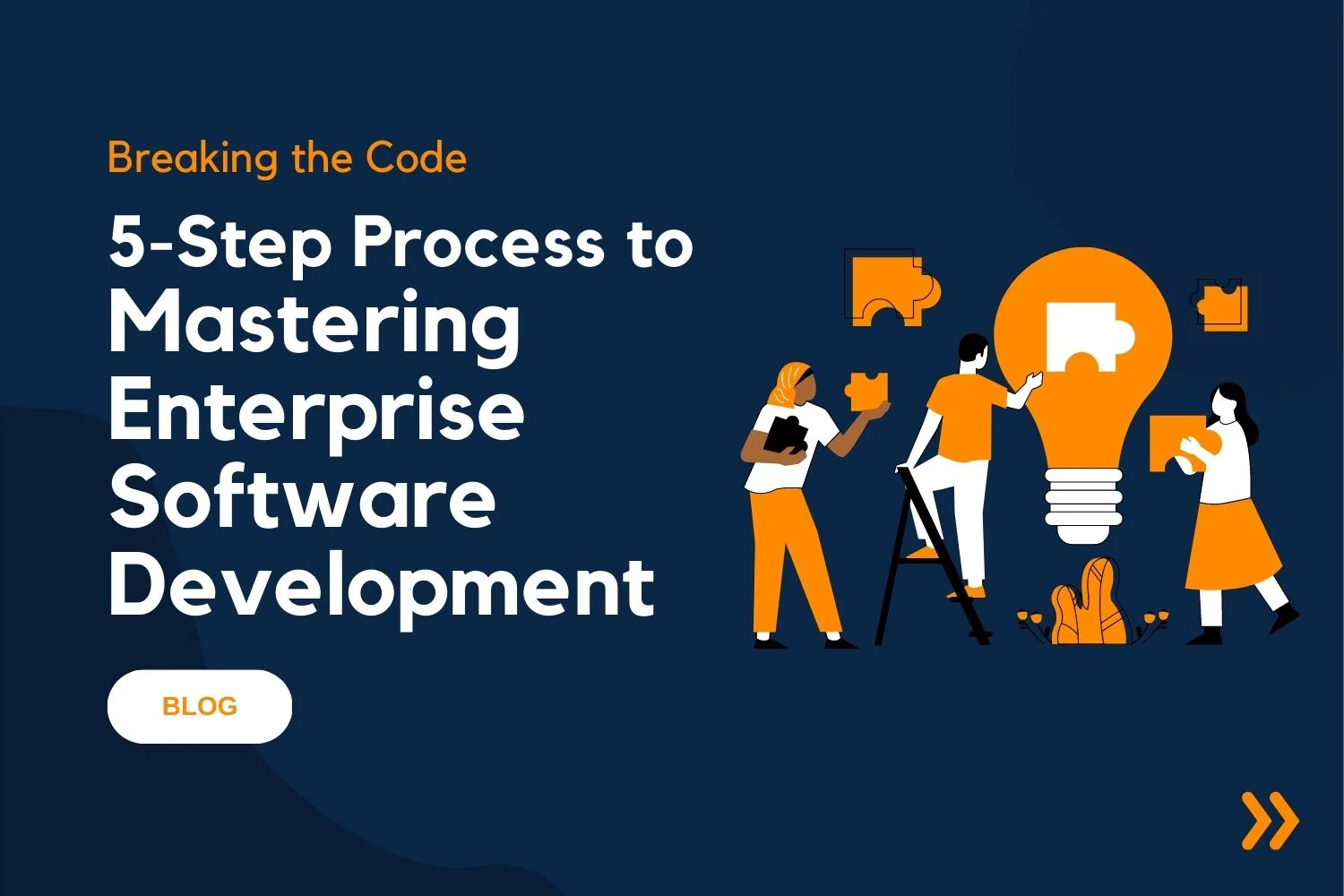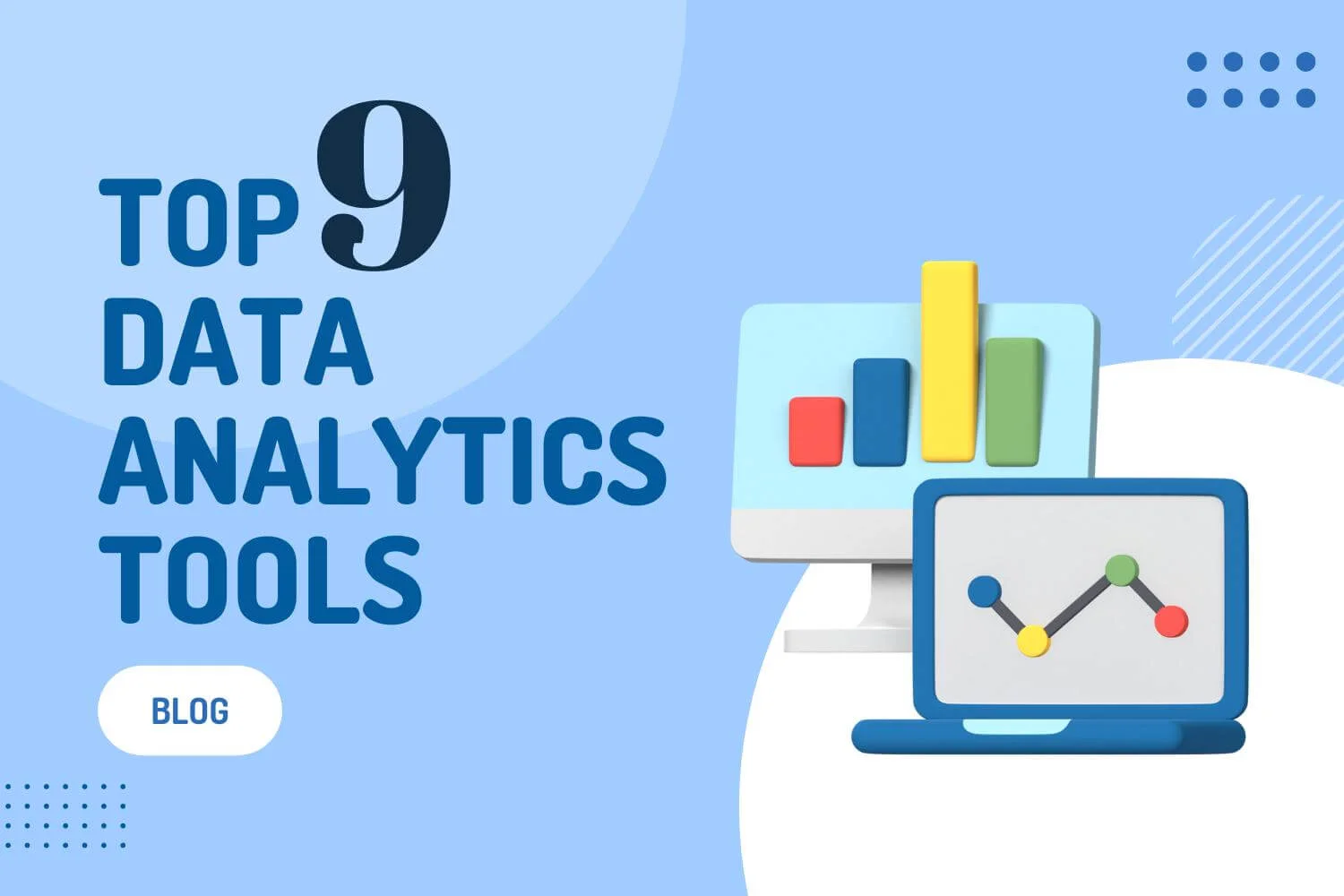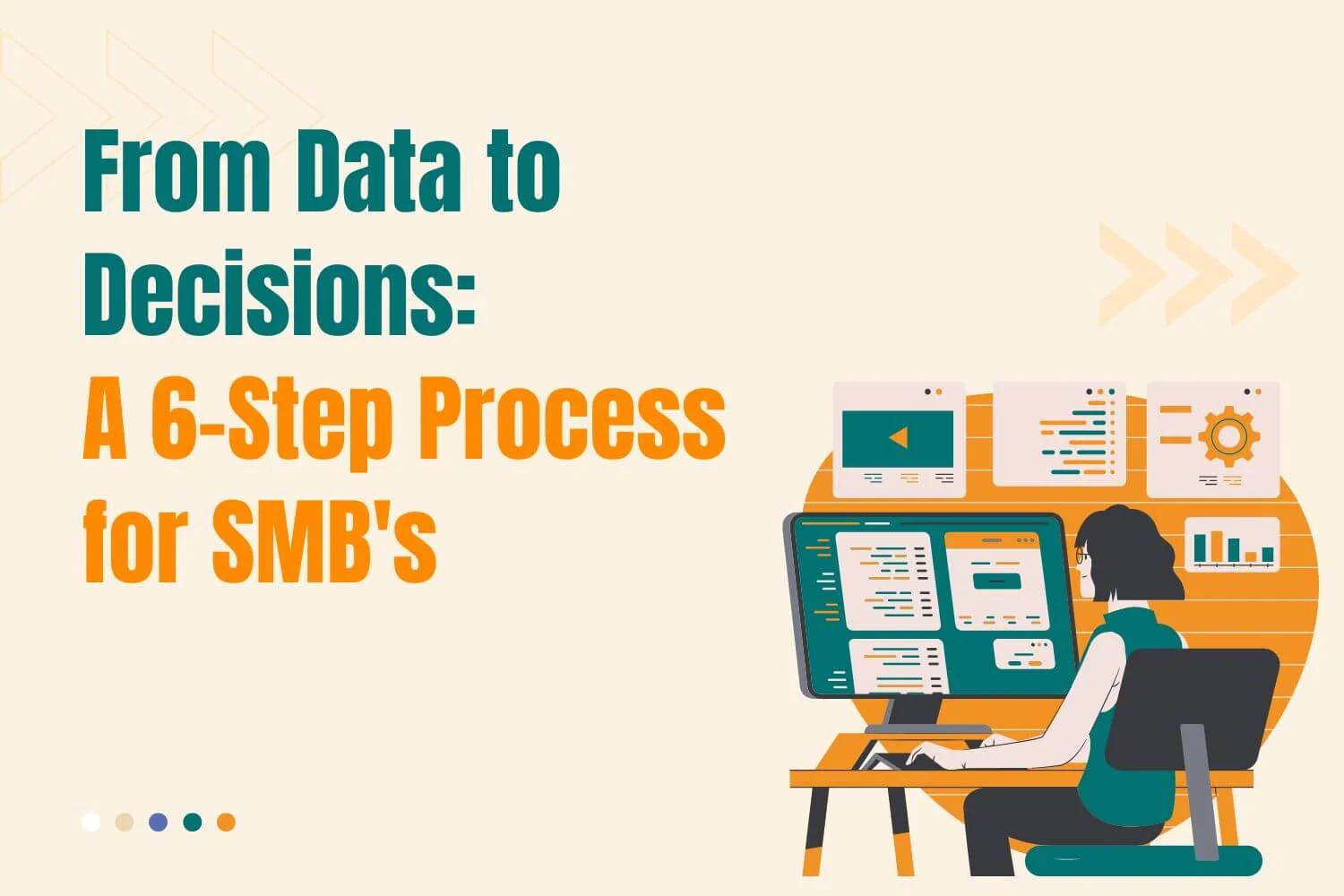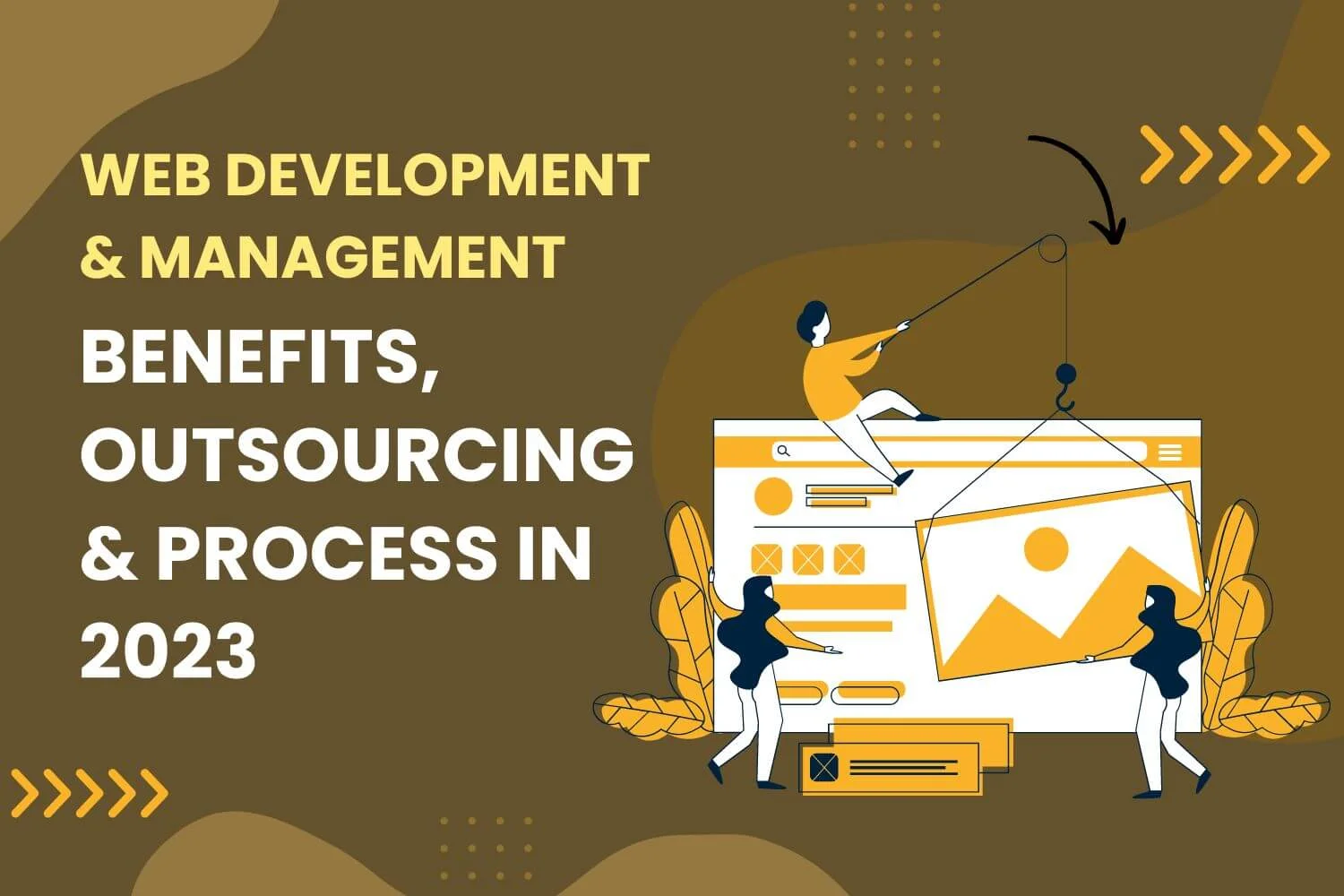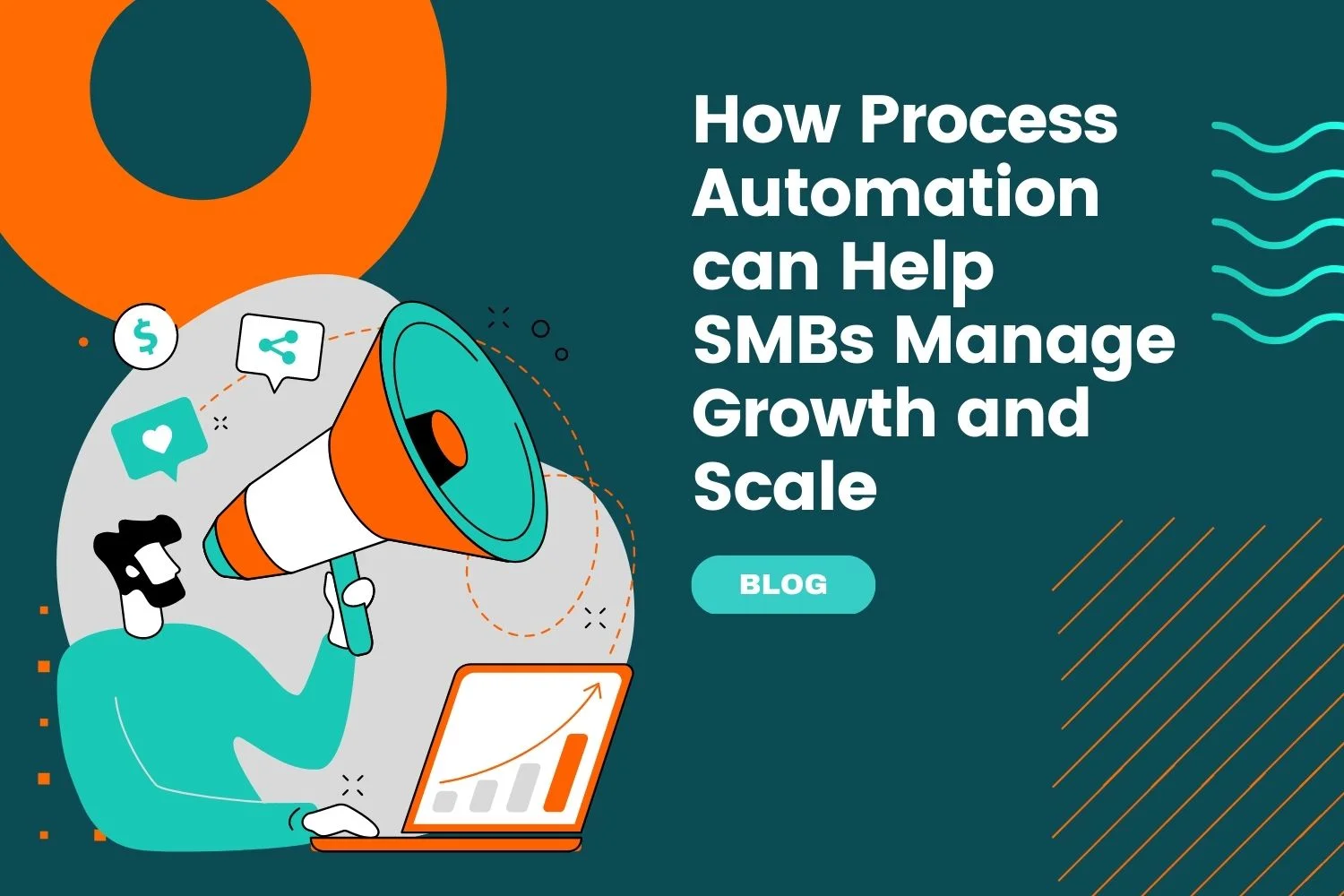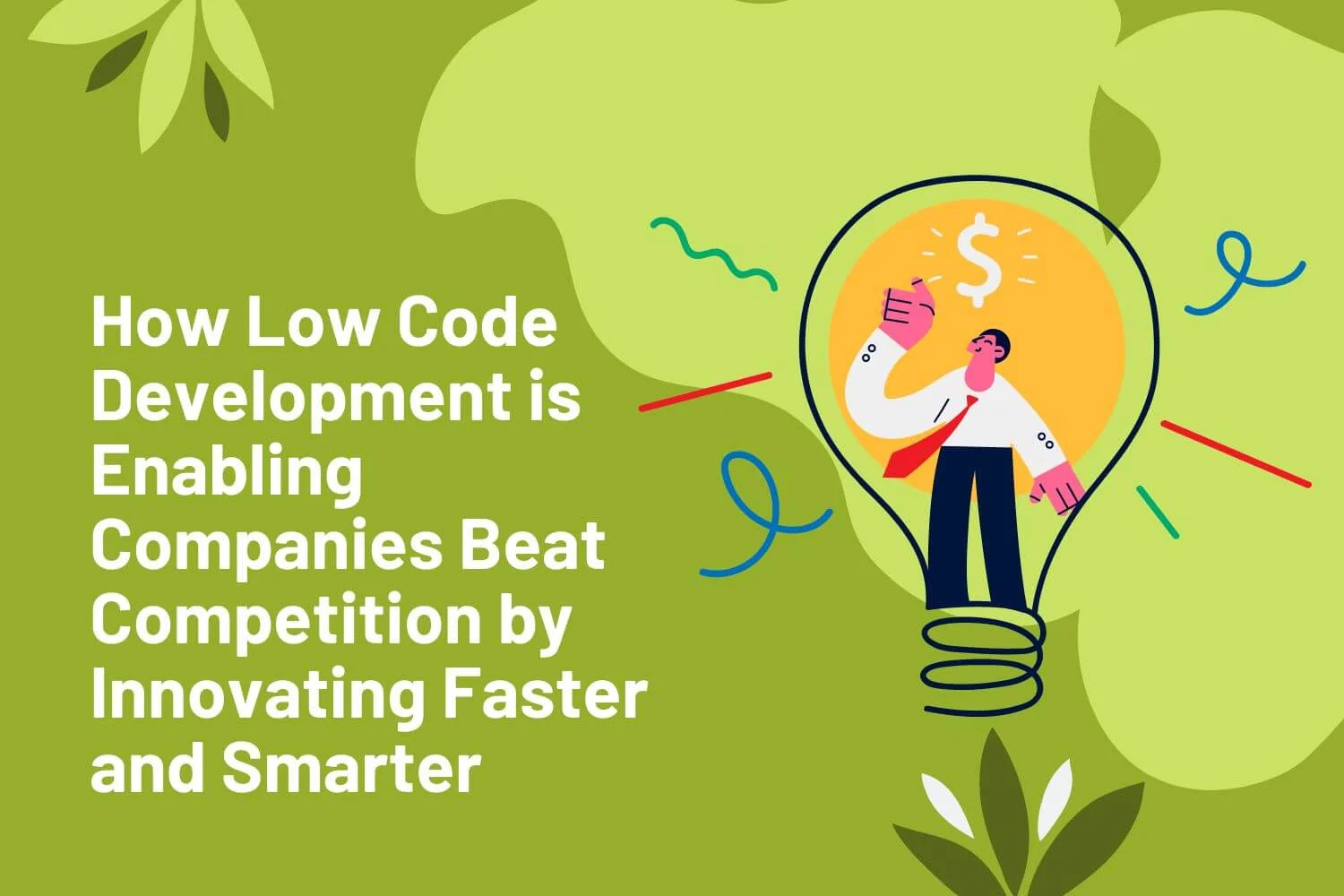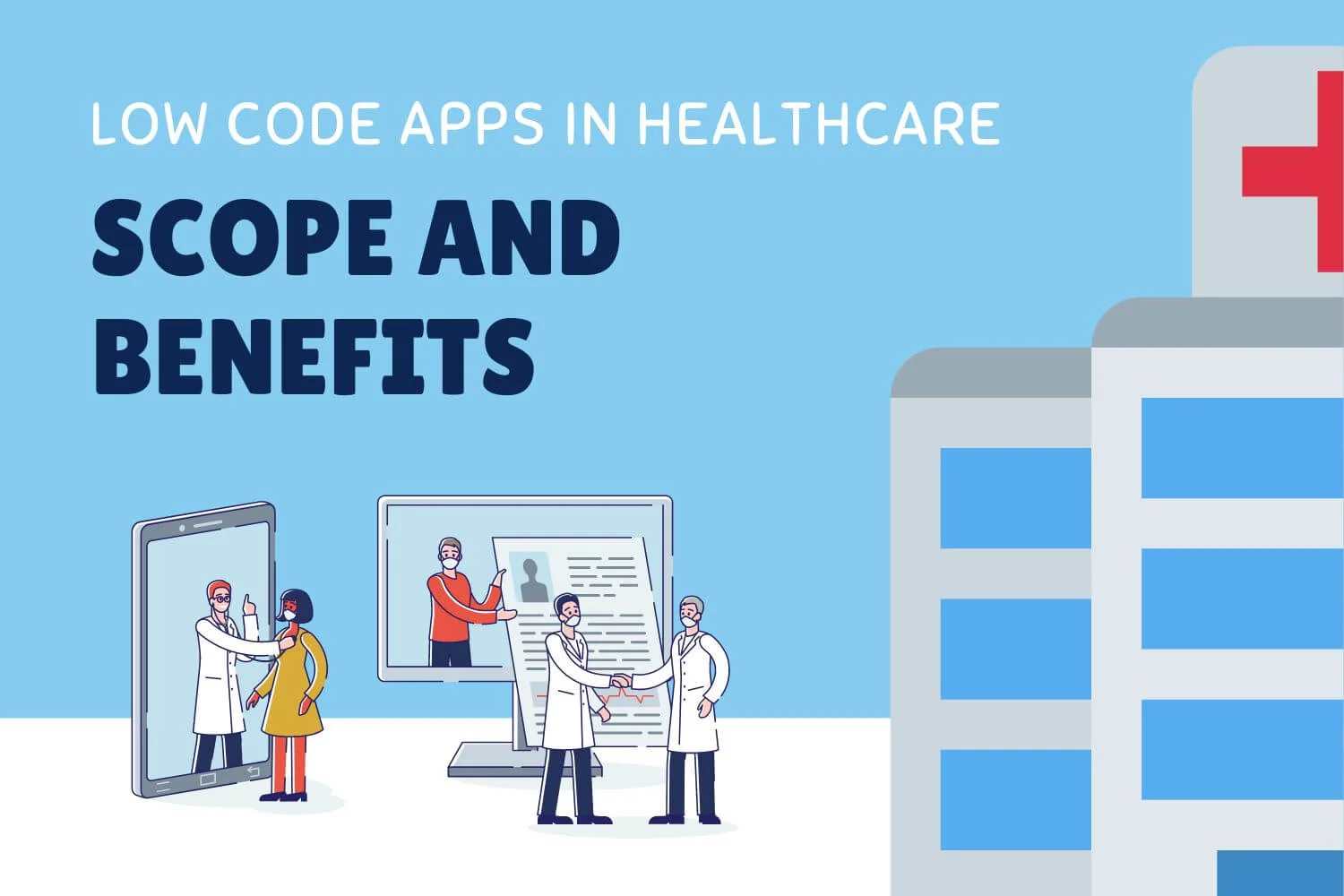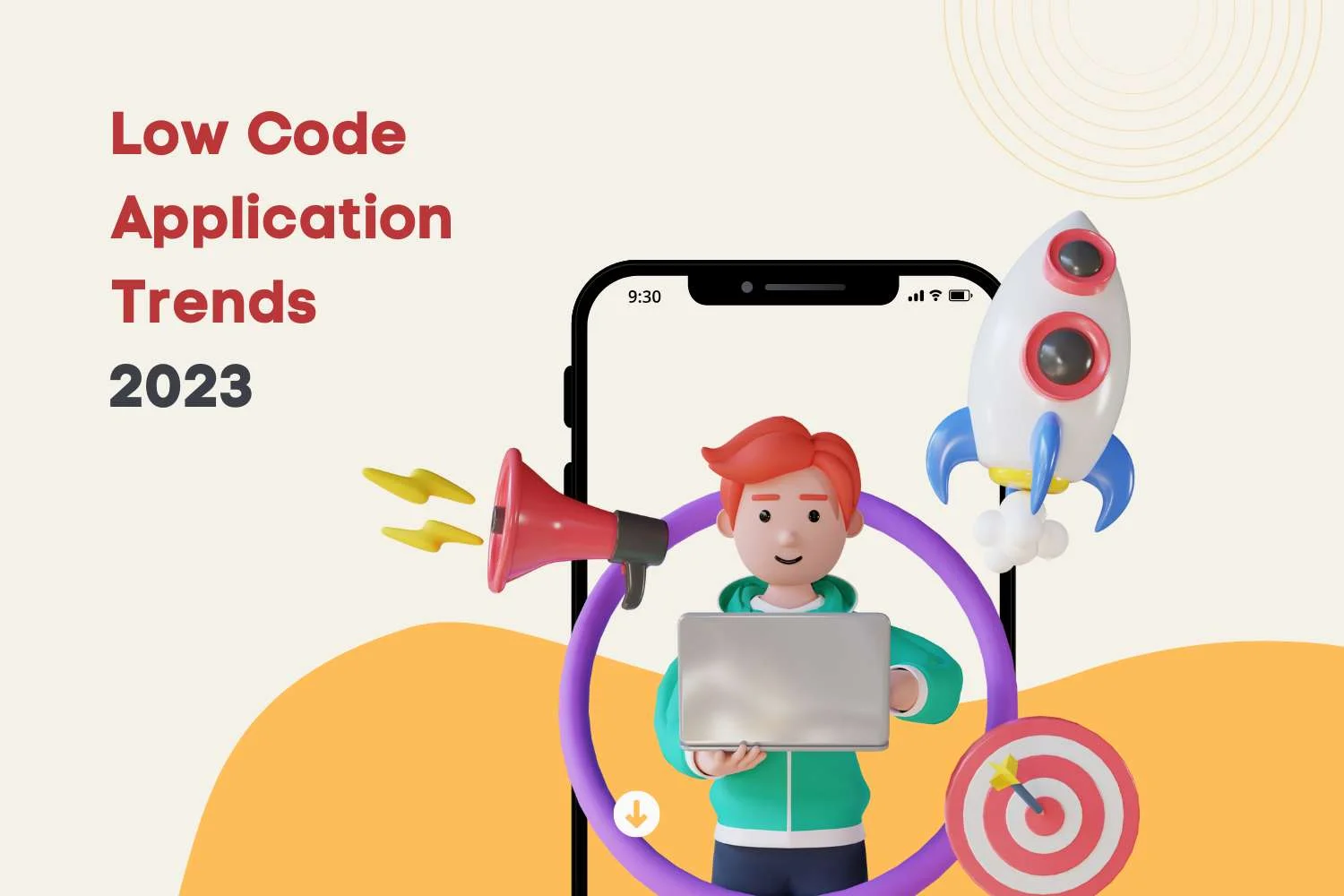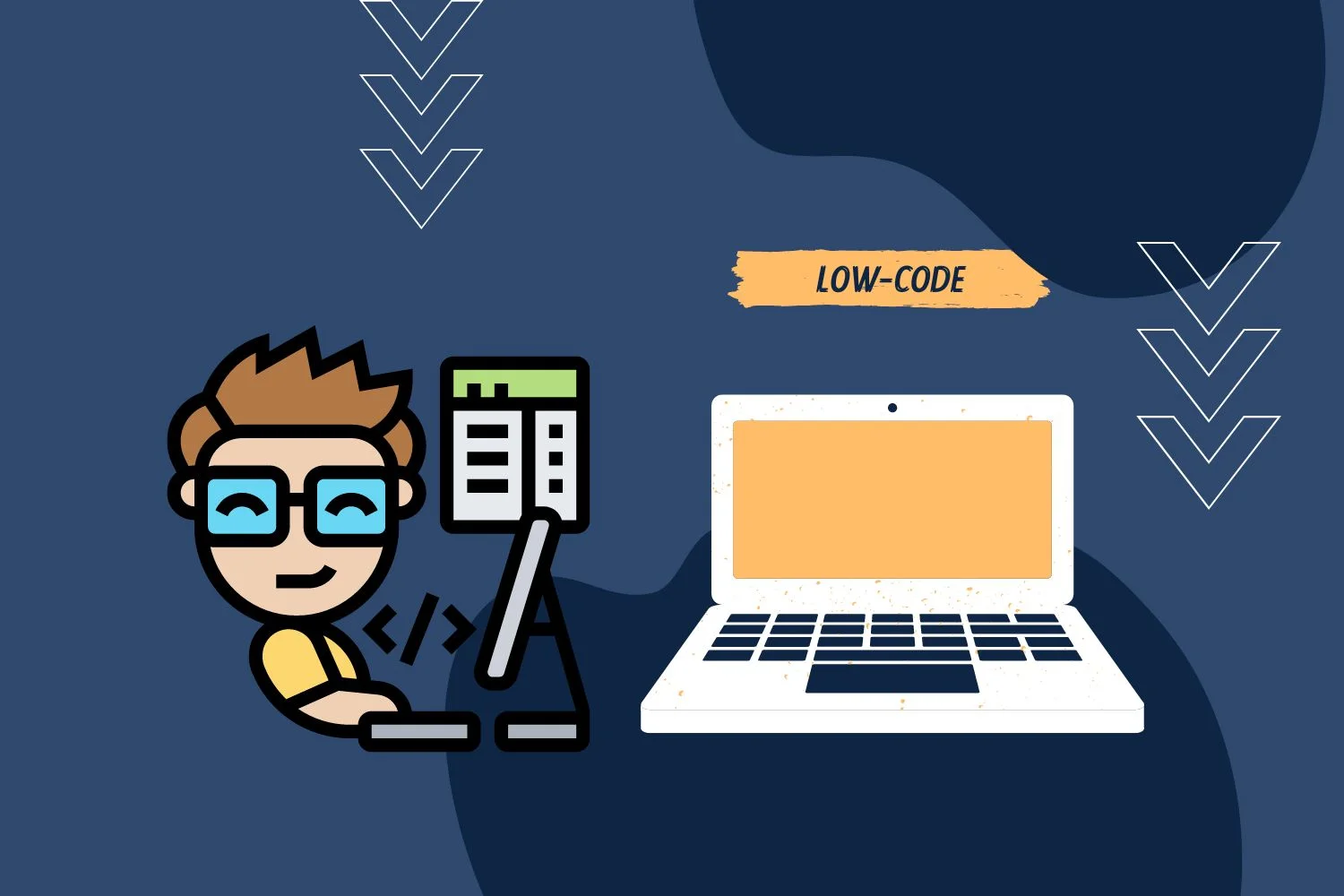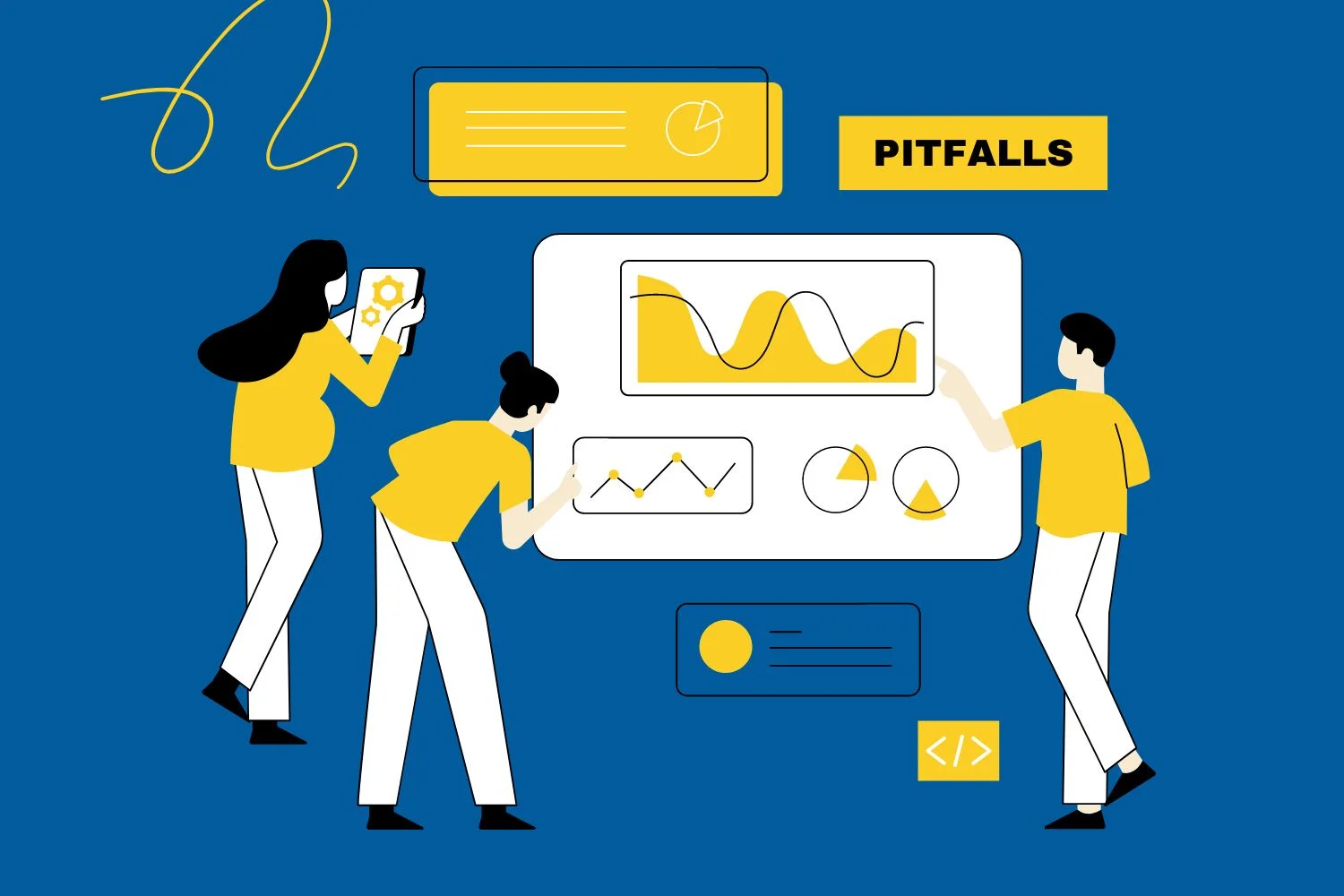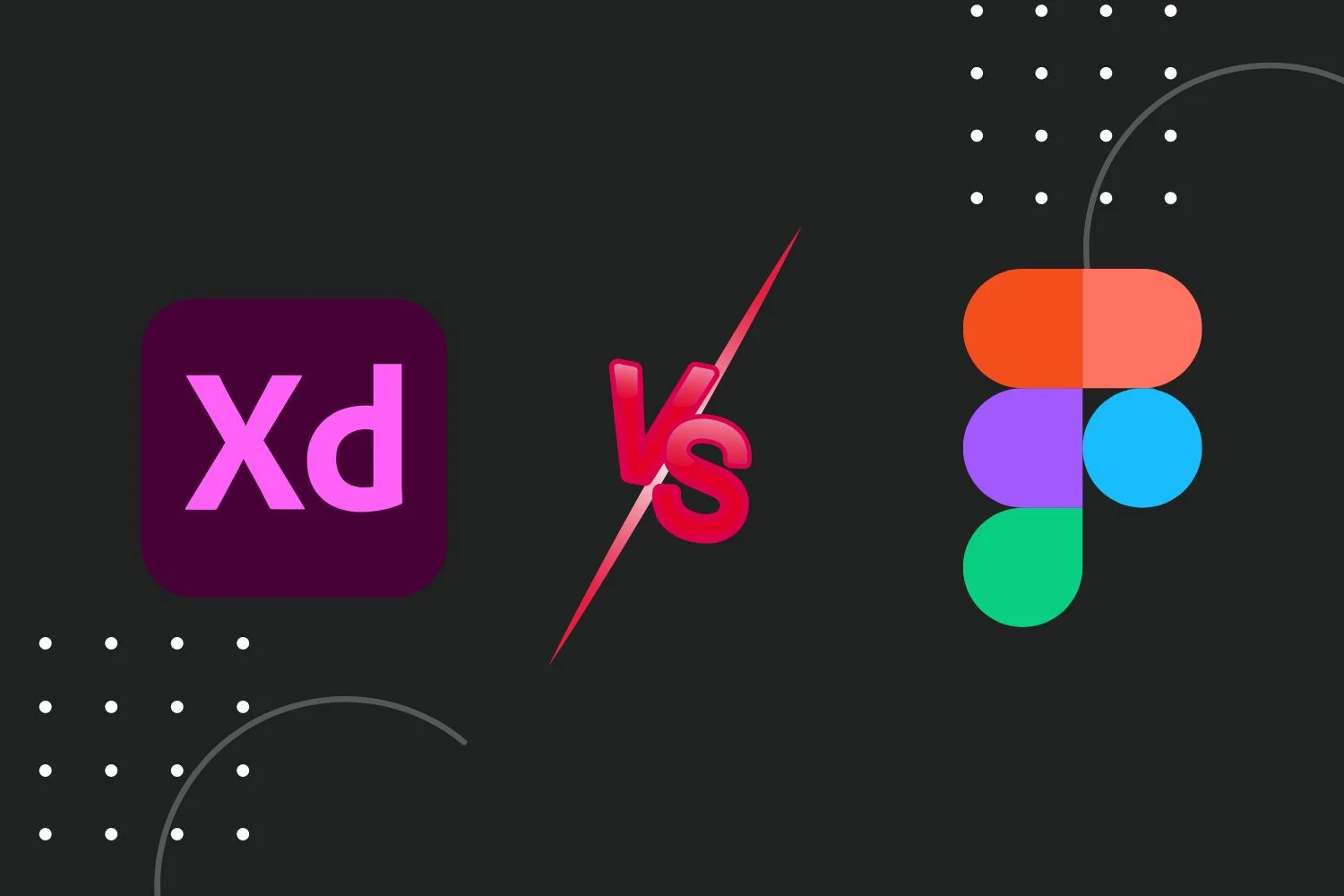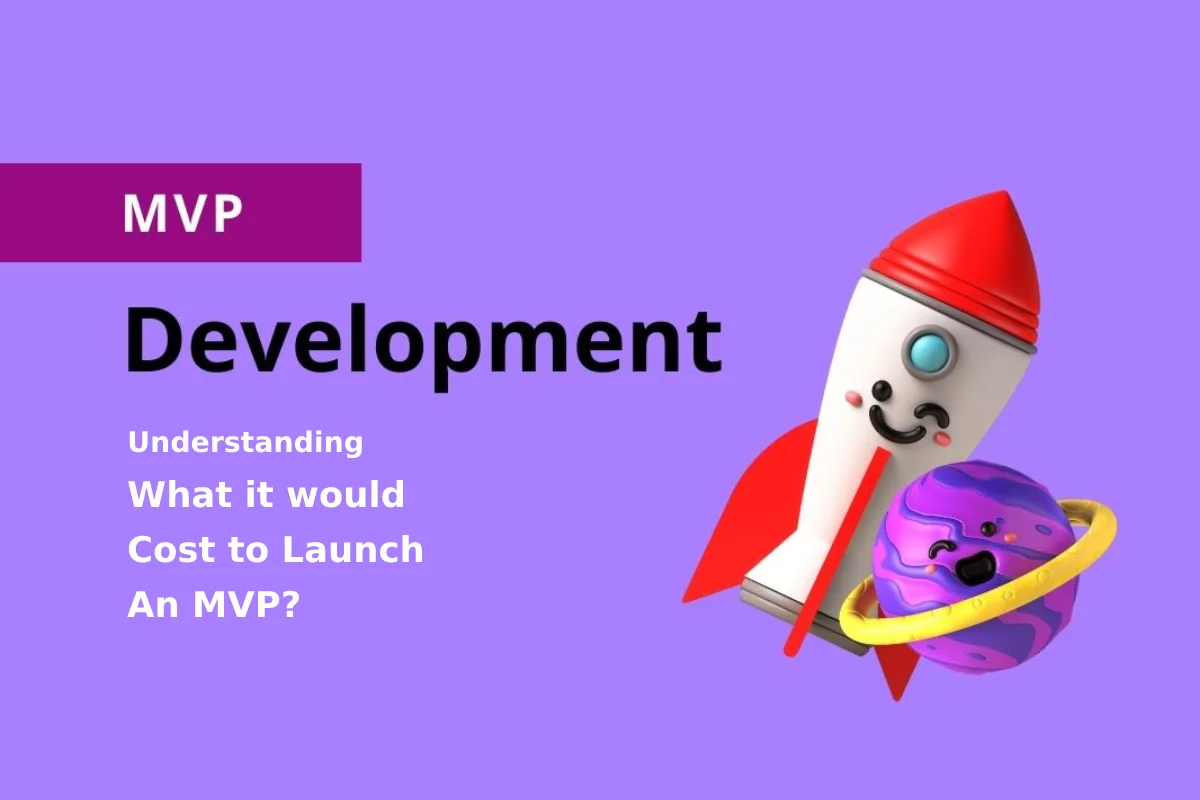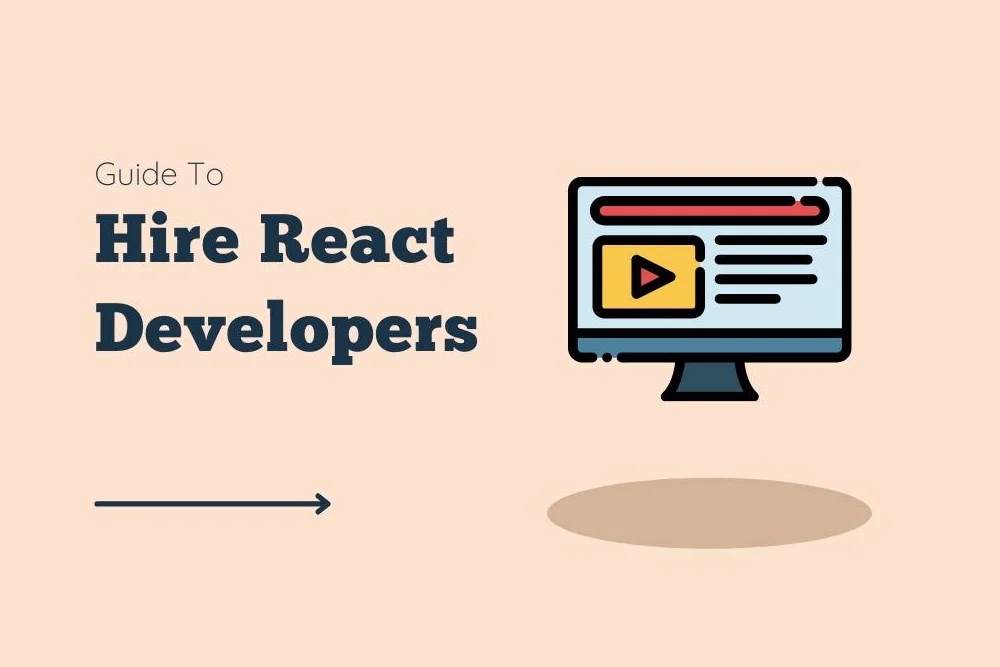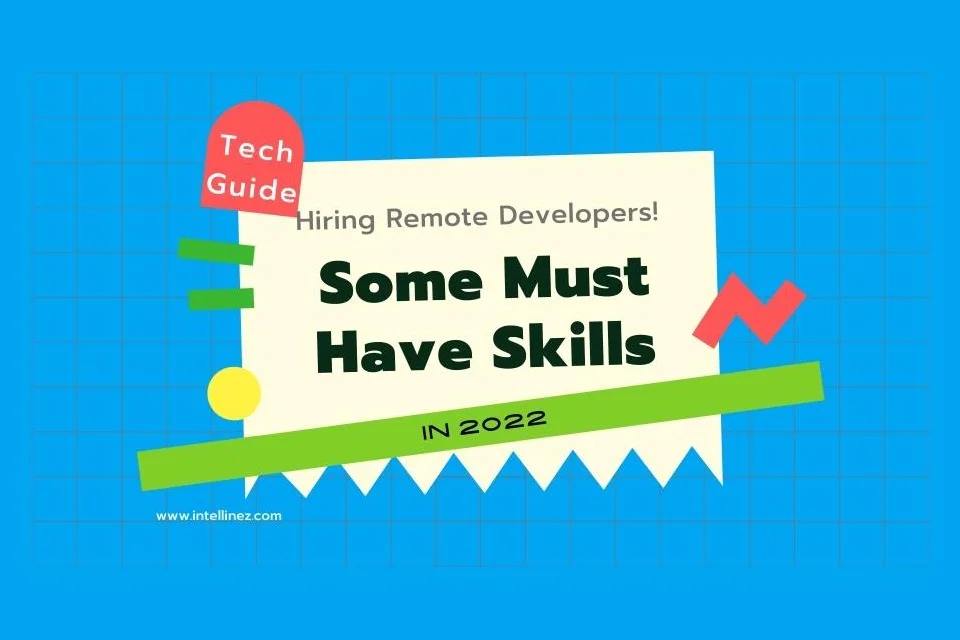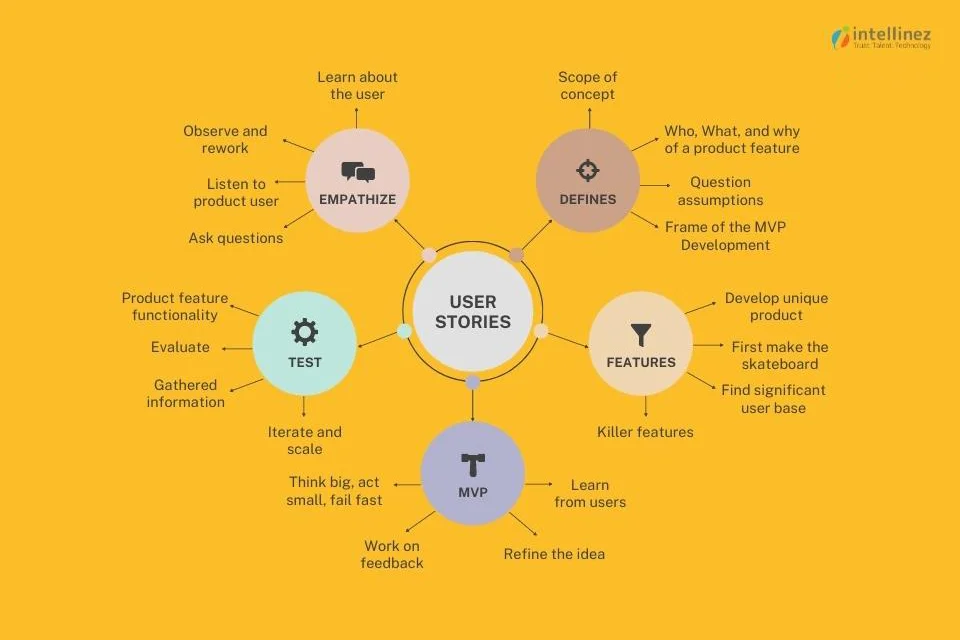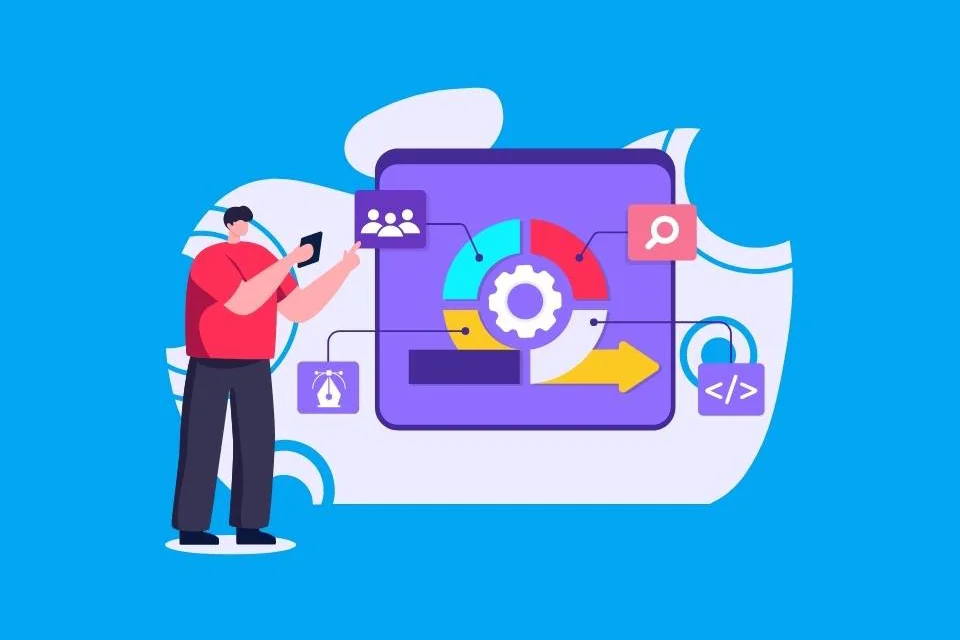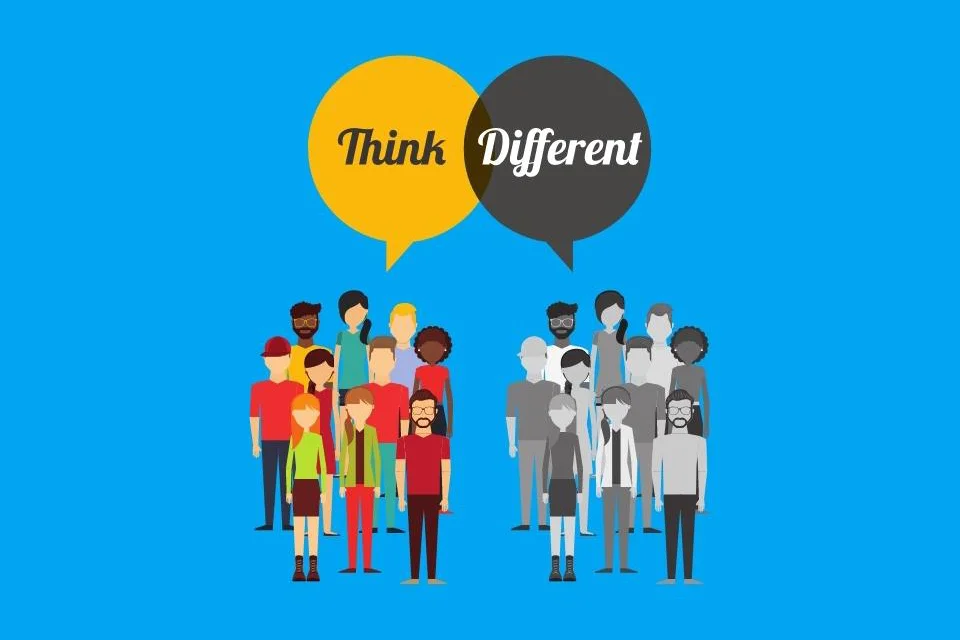Table of Contents
AI-based product development is the new deal now. Developers, designers, marketers, and everyone else are leveraging the power of artificial intelligence to build and market products that are more efficient, reactive, and unique. Leveraging AI also helps businesses to cut costs and do a lot more in the same budget. AI is becoming essential in product development lifecycle due to its ability to significantly enhance efficiency, innovation, and decision-making throughout the process. Here are the top reasons why AI is increasingly indispensable in software development:

In this blog, we are going to discuss the tools and techniques that you need to use to ensure top-notch AI-based product development services.
Understanding AI-Based Product Development
AI-based product development refers to the process of leveraging AI in various processes involved in developing a product. With the incessant development in artificial intelligence, more and more work while developing a product can be done using AI. On one hand, new AI-powered tools are emerging, existing tools are integrating AI to stay relevant in the AI-focused market. Artificial intelligence can make product development faster and more efficient, transforming everything ranging from idea generation to actual development and marketing.
Machine learning, computer vision, natural language processing, predictive analytics, voice recognition, and all other sorts of AI technologies are currently being used to develop products that are efficient and innovative. Here is a brief timeline of AI being used in product development:

The importance of AI in product development is only going to go up in the future. Therefore, product development professionals must leverage artificial intelligence to deliver excellent results for their clients and employers.
Key Areas Where AI is Impacting Product Development
There are several ways in which artificial intelligence is revolutionizing the way organizations develop and support products. Let’s check some of the top ways in which AI-based product development is happening:

1. Idea Generation and Market Research
One of the most important areas where AI is very useful is R&D. Thanks to its ability to analyze humungous datasets (Big Data) quickly, artificial intelligence tools can be used to detect customer preferences, market gaps, and trends. AI is revolutionizing idea generation and market research by providing tools that enhance creativity, analyze trends, and predict consumer behavior.
In idea generation, AI-powered tools like generative design software explore countless deign permutations and offer creative suggestions based on patterns in large datasets. This enables faster and more innovative product development. Additionally, AI analyzes vast amounts of data from social media, reviews, and online behavior to identify emerging trends, predict product success, and offer insights into customer preferences, helping companies stay ahead of market demands.
In market research, AI excels at understanding consumer sentiment and behavior, providing real-time competitor analysis, and automating data collection. Sentiment analysis tools process consumer feedback and social media posts to gauge public opinion, while AI-driven platforms track competitor activities to help businesses adapt their strategies. By analyzing purchasing patterns and online interactions, AI offers deep insights into customer behavior, enabling personalized marketing and product development.
2. Customer Feedback and Post-Launch Analysis
AI is significantly enhancing the process of collecting and analyzing customer feedback after a product’s launch, helping companies refine their products and better meet user needs. Through natural language processing (NLP), AI can analyze vast amounts of customer feedback from various sources such as reviews, social media, and support tickets. This analysis helps identify common themes, sentiment, and specific areas where customers are either satisfied or dissatisfied. By automating this process, companies can quickly gain actionable insights, enabling them to address issues more promptly and make informed decisions about product improvements or new features.
In post-launch analysis, AI also aids in tracking and evaluating the product’s performance in the market. AI-driven analytics tools can monitor how users interact with the product, identifying patterns that indicate which features are most used and where users may encounter difficulties. These insights allow companies to prioritize updates and enhancements based on real user data, ensuring that the product evolves in a way that aligns with customer needs and expectations. Additionally, AI can forecast future product performance based on current trends, helping companies strategize for long-term success and maintain a competitive edge in the market.
3. Design and Prototyping
AI tools can help you come up with unique concepts and alluring designs for your product development. AI algorithms can generate several design possibilities, making it easier for designers to craft compelling product designs. To make things even better, artificial intelligence can analyze customer feedback and preferences to assist organizations in meeting and exceeding user expectations in user experience.
AI is significantly enhancing the design and prototyping phases of product development by enabling rapid exploration of design possibilities and automating complex tasks. Tools like generative design software use AI algorithms to generate a wide range of design options based on specified constraints, such as materials, weight, and manufacturing methods. This allows designers to explore more innovative solutions in less time and to optimize designs for performance and cost efficiency. AI also facilitates more efficient prototyping by predicting how designs will behave in real-world conditions, reducing the need for multiple physical prototypes and speeding up the iteration process.
Additionally, AI-driven tools are improving the precision and quality of prototypes by automating tasks such as 3D modelling, simulations, and performance testing. AI can simulate product behavior under various conditions, providing valuable insights into potential flaws and allowing for adjustments before physical prototypes are created. This not only saves time and resources but also enhances the overall quality and reliability of the final product. By integrating AI into design and prototyping, companies can accelerate their product development cycles, reduce costs, and bring more innovative products to market faster.
Check out this detailed guide on design thinking.
4. Product Testing and Quality Assurance
AI is revolutionizing product testing and quality assurance (QA) by automating and enhancing the accuracy of these processes. AI-powered tools can automatically generate test cases, execute them across various scenarios, and identify defects with greater precision than manual testing methods. This automation not only speeds up the testing process but also ensures that a broader range of potential issues is covered. AI algorithms, such as those used in visual testing tools like Applitools, can detect even the smallest visual discrepancies that might go unnoticed by human testers, ensuring that the product’s user interface meets the highest quality standards before launch.
Moreover, AI enhances QA by enabling predictive analytics and self-healing tests. Predictive analytics can analyze past test results and product performance data to forecast potential failures or maintenance needs, allowing companies to address issues proactively. Self-healing test frameworks, like those offered by Testim, automatically adjust tests when minor changes in the application occur, reducing the need for manual updates and ensuring that testing remains effective even as the product evolves. These AI-driven capabilities significantly improve the efficiency and reliability of product testing and quality assurance, leading to higher-quality products and faster time-to-market.
5. Supply Chain and Manufacturing Optimization
AI is playing a crucial role in optimizing supply chain and manufacturing processes in product development by enhancing efficiency, reducing costs, and improving decision-making. In supply chain management, AI-driven predictive analytics and demand forecasting allow companies to anticipate market needs with greater accuracy, ensuring that inventory levels are optimized and reducing the risks of overstocking or stockouts. AI systems can also optimize logistics by analyzing vast amounts of data to identify the most efficient routes and methods for transporting goods, thereby minimizing shipping costs and delivery times. Additionally, AI-powered tools can monitor supplier performance and predict potential disruptions, enabling companies to mitigate risks and maintain a smooth supply chain.
In manufacturing, AI is revolutionizing production lines through automation and real-time monitoring. AI-powered robots and machines can perform complex tasks with high precision and consistency, significantly increasing production speed and reducing human error. Moreover, AI systems equipped with machine learning algorithms can monitor equipment performance in real time, predicting maintenance needs before breakdowns occur, which reduces downtime and extends the lifespan of machinery. This predictive maintenance capability not only improves operational efficiency but also lowers maintenance costs. By integrating AI into supply chain and manufacturing processes, companies can achieve more agile, responsive, and cost-effective product development cycles.
6. Predictive Maintenance and Security
Predictive maintenance helps to improve operational efficiency and reduce costs. Businesses can predict when equipment is most likely to fail by leveraging AI algorithms to analyze sensor data and patterns. Doing so facilitates downtime reduction, opportune maintenance, and resource optimization.
With more and more suspicious activities going on over the internet, security has become an indispensable task of product development. AI can help to safeguard your product(s) by detecting anomalies and potential vulnerabilities. It can also be used to monitor and keep an eye out for suspicious activities. Businesses can protect their products from data breaches, unauthorized access, and other forms of security risks by integrating AI-based security measures.
7. Product Development Strategy and Management
Organizations can identify opportunities, optimize product features, and predict market demand by using AI to analyze market trends, customer preferences, and competition. Thus, artificial intelligence empowers businesses to make informed decisions using invaluable insights to form product development strategies. There is a slew of AI tools – like ChatGPT and Gemini – to help organizations create content.
AI tools allow product managers to make data-based decisions by analyzing huge datasets, automating repetitive tasks, and providing actionable insights. This helps to streamline product management processes. Artificial intelligence improves efficiency, cuts costs, and enhances the product lifecycle management.
Essential AI Tools for AI-Based Product Development
In this section, we cover the various tools that we can use to enhance AI-based product development, from marketing and maintenance to development and security.

AI-Powered Market Analysis Tools
The market is replete with AI tools that help marketers to gain competitive intelligence and market insights. Here are some of the best tools that you can use in your AI-based product development endeavors:
1. Clearbit
It is a data enrichment platform that helps businesses get detailed information about their customers and prospects to develop better GTM strategies. Clearbit collects public data from the web and then uses LLMs to transform unstructured information into standardized and meaningful data sets. It provides integration with a variety of tools and services, including CRM systems, email marketing tools, and marketing automation platforms to enhance customer profiles with additional data points, such as contact details, company information, job titles, and technologies used.
Highlights:
- Automatically appends customer data with rich details like company size, job title, industry, and social profiles.
- Enables sales and marketing teams to discover potential leads by searching for companies or individuals based on specific criteria like company size, industry, and location.
- Offers APIs that can be used to integrate data enrichment capabilities directly into applications and workflows.
- An excellent tool for creating hyperpersonalized marketing campaigns and sales outreach.
- Lets businesses prioritize high-value prospects and optimize their sales efforts.
- Clearbit was acquired by HubSpot in November 2023.
2. Crayon
Crayon makes life easier for marketing and sales teams by generating automatic alerts while its AI-powered analysis engine is doing thorough competitor analysis. It is a market analysis tool that delivers real-time competitive intelligence to its users from a variety of sources including publications and review websites. It comes with an intelligent filtering feature that automatically removes non-useful data so that you can focus on the most important data.
Highlights:
- Provides integration with other tools including HubSpot, Salesforce, and Slack.
- Sales teams can connect their existing battlecards with Crayon’s platform.
- Users can ask their queries instantly to Crayon AI.
- Leverages generative AI to automatically create ready-to-share summaries of blog posts, news articles, and press releases.
3. Hotjar
Hotjar is an indispensable tool for marketers looking to understand how users are interacting with their website(s). The AI-powered UX tool provides heatmaps that show areas where the visitors are clicking or scrolling. Hotjar leverages a galore of AI features, including a feedback popup that presents visitors with a real-time suggestion box and targeted surveys to develop a better understanding of your target audience.
Highlights:
- Lets marketers witness the website as the users see it by tracking clicks, mouse movements, and other user interactions.
- Hotjar Engage facilitates direct, one-on-one interviews with users for the intention of gaining detailed user feedback.
- See recordings and playback of user sessions on a website to know more about clicks, mouse movements, and rage clicks.
- Automates the recruitment, hosting, and scheduling of user interviews.
4. Appen
Appen specializes in providing data for AI and ML projects. It offers a wide range of data annotation and collection services, helping companies train and improve their AI models. The company has been providing high-quality datasets that power the world’s leading AI models. Appen services ensure the delivery of high-quality data that is essential for developing enterprise-ready AI apps.
Highlights:
- Provides detailed labeling of different types of data, including image tagging, sentiment analysis, and transcription.
- It leverages crowdsourcing that helps Appen to scale projects quickly and handle a wide variety of data types.
- Collects large volumes of data from diverse sources, including text, images, and video, tailored to meet the specific needs of AI training programs.
- Appen assists in training AI models by providing the necessary data and also helps in testing these models to ensure accuracy and performance.
- With a diverse crowd from around the world, Appen can provide data that is culturally and linguistically relevant, making it ideal for companies developing global AI products.
Other Best AI Market Research Tools
Here are some more great marketing research tools powered by artificial intelligence:
Design and Prototyping Tools
Designing and prototyping is an important aspect of product development. It lets you actually make the product and get the look and feel. Here are some of the best tools available today to accomplish product design and prototyping for your AI-powered products:
1. Autodesk’s Fusion 360
Autodesk Fusion 360 is a comprehensive 3D CAD, CAM, and CAE tool that combines design, engineering, and manufacturing capabilities into a single cloud-based platform. It is widely used by engineers, product designers, and manufacturers for creating complex mechanical designs and managing the entire product development process from concept to production. Autodesk Fusion 360 is a powerful tool that bridges the gap between design, engineering, and manufacturing, making it ideal for professionals and organizations looking to streamline their product development processes.
Highlights:
- Offers robust tools for 3D modeling, allowing professionals to create complex geometric shapes and assemblies, and support for both freeform and parametric modeling.
- The platform includes simulation tools that enable engineers to perform stress tests, thermal analysis, and other simulations to validate their designs under real-world conditions before manufacturing.
- Provides CAM capabilities, enabling users to generate toolpaths for CNC machining directly from the design models.
- Delivers a seamless collaboration experience.
- One of its advanced features is generative design, where it uses AI to explore multiple design alternatives based on specified constraints, such as materials, cost, and manufacturing methods.
2. Adobe Sensei
Sensei is Adobe’s AI and ML platform, integrated across various Adobe products such as Creative Cloud and Experience Cloud to enhance creative processes, document management, and marketing. Adobe Sensei is designed to automate complex tasks, improve efficiency, and provide powerful insights by leveraging artificial intelligence to analyze gargantuan amounts of data, recognize patterns, and make relevant predictions.
Highlights:
- Powers predictive analytics in Adobe’s Experience Cloud, helping businesses understand trends, customer behavior, and market dynamics. This helps in making data-driven decisions, optimizing campaigns, and improving ROI.
- In Adobe’s creative tools, like Illustrator and Photoshop, Sensei automates time-consuming tasks like image editing and organizing assets. Examples include automatically removing backgrounds and generating realistic 3D models from 2D images.
- Helps deliver personalized customer experiences by analyzing user behavior, interactions, and preferences. Adobe Sensei enables marketers to automatically tailor content and recommendations to individual users, enhancing engagement and conversion rates.
- Improves search functionality across Adobe’s platforms, allowing users to find specific assets quickly by recognizing objects, faces, and other elements within images and videos.
- Enhances document management tools by enabling automatic transcription, summarization, and text recognition, making it easier to manage and extract information from large volumes of documents.
3. Figma
Figma is a leading web-based design tool widely used for UI and UX design, now incorporating advanced AI features that significantly enhance the design process. These AI-driven capabilities are aimed at streamlining workflows, automating repetitive tasks, and enabling more intelligent design decisions. With AI enhancements, Figma is now more than just a tool for design, it is a smart assistant that helps users make better, faster, and more informed design decisions, reinforcing its position as a leading platform in the UI/UX design space.
Highlights:
- Can predict and suggest user flows based on the design structure. This helps designers quickly set up interactive prototypes that mirror real user interactions, making the testing more effective.
- Enhances real-time collaboration by providing insights and suggestions as teams work together. For instance, it can identify potential design inconsistencies or suggest improvements based on the collective input of team members.
- Assists with generating placeholder text and even offers content-based suggestions. This feature is useful for prototyping, where realistic content is needed to visualize the final product.
- Automatically suggests design elements, layouts, and color schemes based on the context of the project. This helps designers accelerate the initial stages of design by providing intelligent recommendations that align with best practices.
- It can automatically enhance images, remove backgrounds, or adjust image properties like brightness and contrast.
Checkout Adobe XD vs. Figma: Which is the Best Design Tool?
Other Best Design and Prototyping Tools
These are some more great AI-powered tools that you can use for designing and prototyping products:
Automated Testing and QA Tools
Automated testing tools let you automate testing processes using artificial intelligence. Let’s check 3 of the best tools to use:
1. Applitools
Applitools is an AI-powered visual testing and monitoring platform designed to ensure that applications maintain a consistent and flawless user interface across different browsers, devices, and screen resolutions. Its core functionality revolves around Visual AI, which uses machine leaning to compare screenshots of web pages, mobile apps, or other user interfaces to detect visual bugs and inconsistencies that might go unnoticed by traditional testing methods.
Highlights:
- Automatically detects visual anomalies by comparing a baseline image with the current state of the UI. Visual AI is trained to understand context and only highlight meaningful differences, such as misplaced elements or broken layouts.
- Assesses how an app renders across different devices, browsers, and screen sizes, ensuring that the user experience remains consistent.
- Adapts to changes in the UI, reducing the maintenance burden typically associated with automated tests.
- Helps in analyzing test results more effectively, providing insights into why certain elements failed and suggesting possible fixes.
- Uses AI to perform root cause analysis on visual defects, identifying the underlying issues causing the visual discrepancies.
2. Mabl
Mabl is an AI-powered test automation platform designed to simplify and enhance the software testing process, particularly within continuous integration and continuous delivery (CI/CD) environments. It leverages machine learning and AI to automate functional testing, enabling teams to deliver high-quality software faster and with greater confidence.
Highlights:
- Uses AI to automatically generate and maintain test scripts by analyzing the application’s behavior.
- Has the ability to adapt to changes in the application. If a UI element is modified, moved, or removed, Mabl’s self-healing capability automatically updates the tests to reflect these changes, ensuring that the test remain functional without requiring manual intervention.
- Optimizes the execution of test suites by prioritizing the most critical tests based on recent code changes and past test results.
- Whan a test fails, Mabl’s AI helps diagnose the cause by analyzing the failure in the context of recent changes and other test results.
- Includes visual testing capabilities where the AI compares screenshots of the application’s UI across different test runs to detect visual regressions.
- The AI continually learns from previous test executions, improving its ability to detect regressions and potential issues over time.
3. Test.ai
Test.ai is an AI-powered test automation platform designed to streamline and enhance the software testing process, particularly for mobile and web applications. By leveraging machine learning and artificial intelligence, Test.ai automates the creation, execution, and maintenance of test cases, making it easier for development teams to ensure high-quality releases with minimal manual intervention.
Highlights:
- Uses AI to automatically generate test cases by analyzing the app’s UI and understanding its structure.
- Learns from actual user interactions with the app to create more realistic and effective test scenarios. By mimicking real user behavior, AI-generated tests are more likely to catch bugs that affect the user experience.
- Its AI-powered self-healing technology automatically adjusts these tests to accommodate changes, such as relocated buttons or updated layouts.
- Includes AI-driven visual testing capabilities that go beyond simple pixel comparisons.
- Allows for extensive test coverage across multiple devices, operating systems, and environments simultaneously.
- Significantly speeds up test execution times by automating and optimizing the testing process, enabling faster feedback loops and quicker release cycles.
Other Best Automated Testing and Quality Assurance Tools
Here are some more great AI-powered tools to leverage for automated testing and quality assurance:
Supply Chain Management and Manufacturing Tools
Supply chain management and manufacturing are very important for product development. Here are some great AI tools that will help you to take care of these important phases of product development:
1. ClearMetal
ClearMetal is an AI-powered supply chain visibility and predictive analytics platform that focuses on providing real-time insights and optimization for global supply chains. The platform utilizes machine learning and artificial intelligence to enhance the accuracy and reliability of supply chain data, enabling businesses to make better decisions regarding inventory management, transportation, and demand forecasting.
Highlights:
- Helps anticipate potential disruptions in the supply chain by analyzing vast amounts of data from various sources, such as shipping routes, historical performance, and weather patterns.
- Uses AI to cleanse and enrich supply chain data, resolving inconsistencies and inaccuracies that often plague traditional supply chain management systems.
- Continuously learns from the data it processes, improving its ability to predict and adapt to changes in the supply chain.
2. IBM Watson Supply Chain
IBM Watson Supply Chain is an AI-powered suite of solutions designed to optimize and automate supply chain operations. By leveraging the power of IBM’s Watson AI, the platform provides businesses with tools for demand planning, supply chain visibility, risk management, and supplier collaboration.
Highlights:
- Uses AI to automate routine tasks and decision-making processes.
- Enables predictive risk analysis by identifying potential disruptions in the supply chain preemptively.
- Uses AI to enhance collaboration between suppliers and manufacturers. It can analyze supplier performance data and recommend actions to improve collaboration and ensure that supply chain goals are met.
3. Rethink Robotics
Rethink Robotics was a company known for developing collaborative robots (cobots) designed to work alongside human workers in manufacturing environments. The company’s flagship products, like the Baxter and Sawyer robots, were equipped with AI-driven capabilities that allowed them to perform a variety of tasks while adapting to their environment.
Highlights:
- Learns from its interactions with the environment and humans. This adaptive learning allows the robots to handle traditionally challenging tasks.
- Incorporates AI-driven computer vision systems in their cobots, enabling them to recognize objects, navigate spaces, and perform tasks with a high degree of precision.
- Workers could guide the robot through a task manually, and the robot’s AI would learn the process, enabling it to replicate the task autonomously.
Other Best Supply Chain Management and Manufacturing Tools
Check out some more great tools to help you with supply chain management and manufacturing of your product(s):
- Kinaxis Maestro (Formerly called RapidResponse)
Customer Feedback Analysis Tools
If you want to ensure wide success of your product then you must decode the customer sentiment and integrate the same into your product. This is where you need to leverage customer feedback analysis tools. These 3 are our pick of the best customer feedback analysis tools to integrate in your AI-based product development project:
1. HubSpot
There would be hardly any digital marketer who might not have heard about HubSpot. It is an awesome inbound marketing, sales, and customer service platform that helps companies attract visitors, convert leads, and close customers. HubSpot integrates AI to improve the efficiency and effectiveness of these processes by automating tasks, personalizing customer interactions, and analyzing large datasets.
Highlights:
- Helps marketers create content that is more likely to attract, engage, and delight visitors, improving overall content performance.
- HubSpot’s AI-powered chatbots engage with website visitors in real-time, answering questions, qualifying leads, and routing them to appropriate resources.
- Uses AI to automatically score leads based on their likelihood to convert, prioritizing the most promising leads for sales teams. This predictive lead scoring helps businesses laserfocus their efforts on high-value prospects, increasing conversion rates.
- The AI-driven email automation helps in personalizing communication based on user behavior and preferences, leading to higher engagement rates.
- The AI-driven content strategy tool analyzes user behavior and trends to suggest topics that will resonate with your target audience.
- Leverages AI to provide more accurate sales forecasts and automates CRM updates, ensuring that the sales pipeline is always up to date with minimal manual intervention.
2. Qualtrics XM
Qualtrics is an experience management platform that enables organizations to gather, analyze, and act on customer, employee, product, and brand experiences. The platform leverages AI to enhance the collection and interpretation of feedback, providing actionable insights that help businesses optimize their operations and boost customer satisfaction.
Highlights:
- Categorizes and quantifies customer sentiment, automatically identifying key themes and trends that are critical to understanding customer experiences.
- Helps to convert raw data into actionable insights, guiding decision-makers on where to focus their efforts to improve customer and employee experiences.
- Predicts future trends and outcomes based on historical data, helping organizations proactively address issues like customer churn and employee attrition before they escalate.
- Text iQ, Qualtrics’ AI-driven text analysis tool, uses NLP to analyze open-ended feedback from surveys, reviews, and social media.
3. Salesforce Einstein
Salesforce Einstein is an AI layer embedded within the Salesforce platform that brings advanced AI capabilities to its CRM. Einstein is designed to automate data analysis, deliver predictive insights, and recommend actions that drive business growth.
Highlights:
- Automates routine tasks, such as data entry and follow-ups, freeing up time for sales reps and enabling them to focus on more strategic activities. It also includes AI-driven features like Einstein Bots for customer service automation.
- Enables developers to build apps that leverage image recognition and NLP, enabling functionalities such as automated image classification and sentiment analysis.
- Uses machine learning to analyze CRM data and predict outcomes such as lead conversion, sales forecasts, and customer satisfaction. These predictions help sales and marketing teams prioritize their efforts more effectively.
- Understands and processes unstructured data from emails, chat logs, and social media interactions. This enables businesses to automate customer service responses, analyze sentiment, and route inquiries to the appropriate teams.
Other Best Customer Feedback Analysis Tools
Here are some more great customer feedback analysis tools to double down on your ai-based product development efforts:
Popular Techniques Used in AI-Based Product Development
AI-based product development leverages advanced techniques such as machine learning (ML) for predictive analytics, generative design for exploring design alternatives, and natural language processing (NLP) for analyzing customer feedback. Computer vision aids in quality control and defect detection, while robotic process automation (RPA) automates repetitive tasks. Additionally, digital twins and AI-powered simulations optimize performance and predictive maintenance, ensuring products are innovative, efficient, and aligned with market demands. These techniques streamline development processes, enhance decision-making, and improve product quality and personalization.

1. Automated Testing and Quality Assurance
Overview – AI enhances automated testing by learning from past test results to improve future testing efforts. This includes techniques like self-healing tests, where the AI adjusts the tests automatically if the application changes.
Applications – Used in software development to ensure product quality, detect bugs, and improve the reliability of software products
Tools – Applitools, Mabl, Test.ai
2. Computer Vision
Overview – Computer vision enables AI systems to interpret and make decisions based on visual inputs, such as images or videos. In product development, computer vision can be used for quality control, defect detection, and enhanced user interfaces.
Applications – Automated inspection systems in manufacturing, augmented reality in product design, and facial recognition for product security
Tools – Google Cloud Vision, Microsoft Computer Vision API, and OpenCV
3. Data-Driven Personalization
Overview – AI techniques are used to analyze user data and create personalized experiences in product design and marketing. Personalization can be applied to tailor product features, content, or user interfaces based on individual preferences.
Applications – Ecommerce platforms, Digital Marketing Campaigns, and Software Interfaces
Tools – Adobe Sensei, Dynamic Yield, and Optimizely
4. Generative Design
Overview – Generative design uses AI algorithms to explore all possible permutations of a design solution. Designers input constraints and objectives (such as material, manufacturing methods, and cost limits), and the AI generates a wide array of design alternatives that meet these criteria.
Applications – Used in industries like aerospace, automotive, and architecture to create optimized, lightweight, and cost-efficient designs.
Tools – Autodesk Fusion 360, Siemens NX with Generative Design, and SolidWorks.
5. Generative Adversarial Networks (GANs)
Overview – GANs are used to generate new data that resembles a given dataset. In product development, GANs can be used for creating realistic prototypes, enhancing design variations, or simulating potential market responses to new products.
Applications – Fashion design, video game development, and product concept visualization
Tools – TensorFlow, PyTorch, and NVIDIA GANs
6. Machine Learning and Predictive Analytics
Overview – ML models analyze historical data to predict future outcomes, such as product performance, customer demand, or potential maintenance issues. Predictive analytics can guide decision-making in areas like inventory management, product features, and market trends.
Applications – Used in consumer products for demand forecasting, predictive maintenance in manufacturing, and optimizing product features based on user data.
Tools – TensorFlow, IBM Watson, Microsoft Azure Machine Learning
7. Natural Language Processing
Overview – NLP techniques allow AI to understand, interpret, and generate human language. This can be used to analyze customer feedback, automate content creation, or facilitate communication between users and product development teams.
Applications – Automating customer support through chatbots, analyzing sentiment in user reviews, and generating user documentation.
Tools – OpenAI ChatGPT, Google Cloud NLP, and IBM Watson NLP
8. Robotic Process Automation (RPA)
Overview – RPA uses AI to automate repetitive tasks that are usually done manually. This can significantly reduce the time and effort needed in the product development lifecycle.
Applications – Automating data entry, generating reports, and managing workflows in product management
Tools – Automation Anywhere, Blue Prism, and UiPath
Checkout The Role of RPAs in Healthcare.
9. Simulating and Digital Twins
Overview – AI-powered simulations allow developers to model real-world scenarios in a virtual environment. Digital twins are virtual replicas of physical products that simulate the product’s behavior under different conditions, allowing for predictive maintenance and performance optimization.
Applications – Used in product testing, predictive maintenance, and optimizing product performance during the design phase
Tools – ANSYS, PTC ThingWorx, Siemens Digital Industries Software
10. Voice and Speech Recognition
Overview – AI-powered voice recognition allows for hands-free control of products and systems. This technology is particularly useful in creating more accessible and user-friendly products.
Applications – Automotive interfaces, smart home devices, and virtual assistants
Tools – Amazon Alexa, Google Assistant SDK, and Nuance Communications
These techniques collectively empower companies to innovate more effectively, reduce time to market, and create products that are more aligned with customer needs and market demands.
Challenges and Considerations in AI-Based Product Development
Although the introduction of artificial intelligence in product development brings a lot of benefits, it’s not all sunshine and roses. AI-based product development has its own set of potential risks that mustn’t be overlooked:

1. Technical Constraints and Unexpected Outcomes
Despite significant progress in AI, technology still faces limitations. AI models can encounter technical issues such as inaccuracies, false positives or negatives, and vulnerability to adversarial attacks. Moreover, the complexity of AI systems can lead to unforeseen consequences that are difficult to anticipate. Therefore, it is crucial to conduct thorough testing, validation, and continuous monitoring to identify and address these limitations, reducing potential risks.
2. Bias and Discrimination
Biased decision-making might come with AI-based product development. This is because AI algorithms rely mainly on historical data for making predictions and recommendations. Thus, if the training data is biased or discriminatory, the same can propagate and amplify available biases in the product development process. The result of this can be exclusionary practices, negative impacts, and unfair outcomes for certain users. Therefore, it is important for businesses to curate and diversify their training data to mitigate bias and ensure equitable product development.
3. Challenges in Explainability and Transparency
AI models often function in ways that are difficult to interpret, making it challenging to understand how they reach certain decisions or recommendations. This opacity can be problematic, particularly in regulated industries or when ethical issues are at stake. To mitigate these risks, businesses should focus on creating AI systems that are transparent and can clearly explain their outputs. Doing so not only fosters user trust but also enhances accountability and supports more informed decision-making throughout the product development process.
4. Ethical and Privacy Concerns
AI technologies can gather and analyze large amounts of user data, which raises significant privacy and ethical concerns. Companies must prioritize safeguarding data privacy and security, ensuring user consent is obtained, and implementing strong protections for sensitive information. Additionally, ethical considerations should guide AI development, ensuring that its use aligns with societal norms and respects individual rights.
The Future of AI-Based Product Development
Artificial intelligence is only destined to get bigger and better over time. At present, we have AI-powered tools to let us deal with every aspect of product development. In the near future, professionals will have more powerful artificial intelligence tools to assist in product design and development. The future of AI-based product development has immense potential to drive customer-centricity, efficiency, and innovation.
With the continuous development in artificial intelligence, we can expect even more complex applications that can continue revolutionizing the product development process. Continuous advancements in computer vision, machine learning, NLP, and robotics will further refine the AI’s ability to analyze huge, complex data sets, produce actionable insights, and automate redundant tasks with superior accuracy and speed. All of this will help businesses to:
- Accelerate product development
- Design hyperpersonalized products
- Deliver exceptional customer service
- Foster innovation
- Make informed decisions
- Refine processes with superior accuracy, and more
As AI evolves, however, it is important for businesses to address ethical considerations and ensure data privacy. Organizations also need to invest in AI expertise to tackle the challenges imposed by its implementation. Nonetheless, by embracing AI-based product development, organizations can create products that are awesome, customer-centric, and innovative.
Looking for the Best AI-Based Product Development Services?
In that case, look no further than Intellinez Systems. We are an experienced AI-based software development and consultation firm providing services across the globe. We have experienced AI professionals helping clients navigate the challenges imposed by implementing artificial intelligence and produce innovative and pathbreaking products.
-
1. What is product design in AI?
Product design in AI means leveraging the power of artificial intelligence to create and modify product designs. AI can generate innovative concepts and optimize designs. GenAI algorithms can create many design possibilities, allowing designers to craft unique and captivating products.
-
2. How does AI for product development work?
AI in product development involves integrating artificial intelligence technologies into the various stages of creating a product. The process leverages AI’s ability to process huge amounts of data, identify patterns, make predictions, and so on.
-
3. What are the 4 types of AI software?
The four types of AI software are reactive, limited memory, theory of mind, and self-aware. IBM’s Deep Blue and OpenAI’s ChatGPT, for example, are examples of reactive and limited memory types of AI, respectively. Theory of mind and self-aware AI are only concepts yet.
-
4. How is AI used in product management?
AI helps product managers in making more informed decisions regarding allocating resources, creating roadmaps, and prioritizing features. AI-powered product management tools, for instance, help product managers visualize and prioritize product features based on user feedback and/or market trends.
-
5. What is AI in product?
AI in product refers to the integration of artificial intelligence technologies into the development, design, enhancement, and other parts of product development life cycle to improve its efficiency, functionality, user experience, and so on.
- link slot777
- slot pulsa
- slot bet 200
- https://cdocencia.xoc.uam.mx/
- rejekibet
- https://mgapress.com.br/assessoria-de-imprensa/
- https://www.intersmartsolution.com/erp-solutions/
- https://cvworld.in/seo-services/
- slot pulsa 5000
- slot deposit 5000
- slot deposit pulsa
- https://ksquare99.com/culture.html
- https://intersmart.ae/our-works/
- https://astrologerparduman.com/blogs/
- https://gluesys.com/

































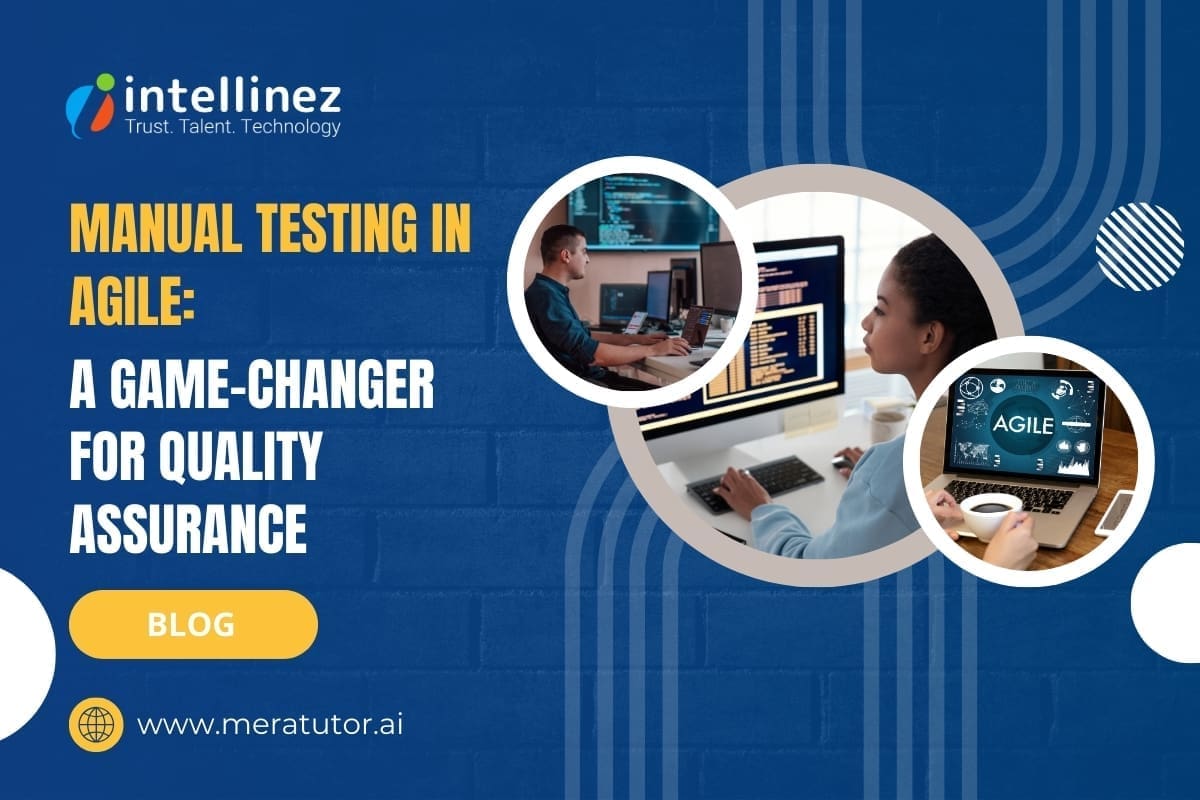



![A Comprehensive Guide to AWS SaaS Architecture [Diagram Included] 87 Aws SaaS Architecture](http://www.intellinez.com/wp-content/uploads/2024/08/Title-image.jpg)

